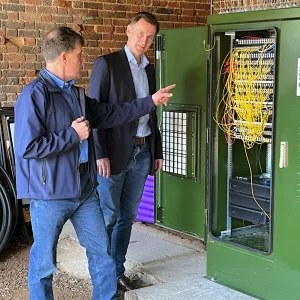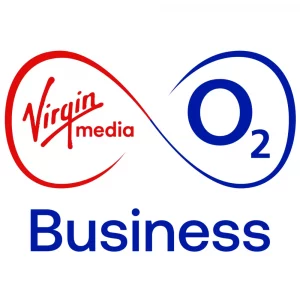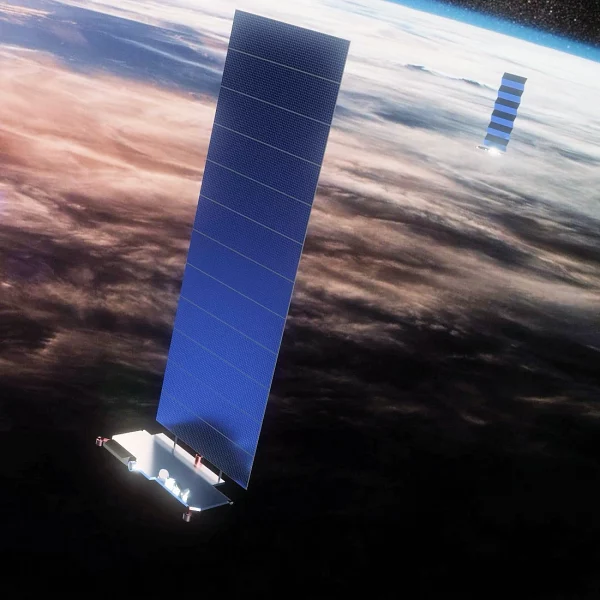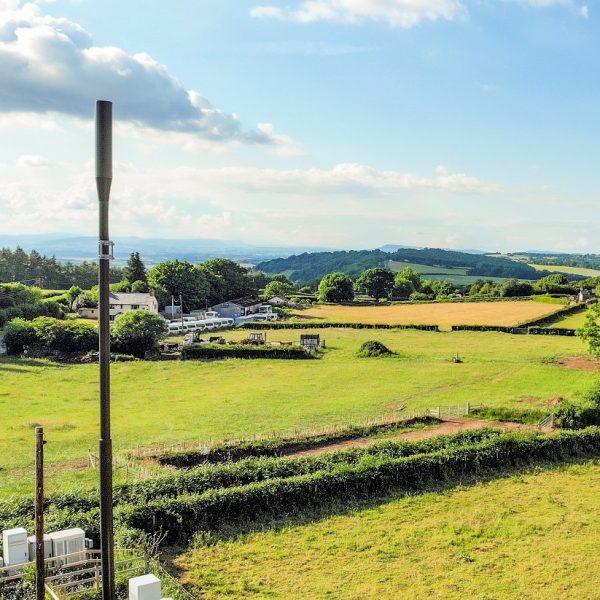ethump
Casual Member
Hi all,
I'm a Brit but left the UK in the dial-up/Kilostream/ISDN years. I was overseas for 20+ years and now I'm back and trying to understand the lay of the land with respect to ISPs/broadband/comms etc. How it all connects, the role OR play, what happens in between the fibre cabinet on my street and my ISP. How do all the comms providers play together.
Is there anyone in the Manchester area who knows about this stuff that wouldn't mind meeting for a beer and doing a brain dump? I'm a tech/IT infra/comms guy so don't necessarily need treating with kid gloves, just want to sit down with a pad and pen and understand it all.
Failing that, I'll try articulate my questions here if thats OK.
Of course, if there's a www site, youtube vid or document or something that explains it all, then i'm all ears!
cheers,
e
I'm a Brit but left the UK in the dial-up/Kilostream/ISDN years. I was overseas for 20+ years and now I'm back and trying to understand the lay of the land with respect to ISPs/broadband/comms etc. How it all connects, the role OR play, what happens in between the fibre cabinet on my street and my ISP. How do all the comms providers play together.
Is there anyone in the Manchester area who knows about this stuff that wouldn't mind meeting for a beer and doing a brain dump? I'm a tech/IT infra/comms guy so don't necessarily need treating with kid gloves, just want to sit down with a pad and pen and understand it all.
Failing that, I'll try articulate my questions here if thats OK.
Of course, if there's a www site, youtube vid or document or something that explains it all, then i'm all ears!
cheers,
e






































